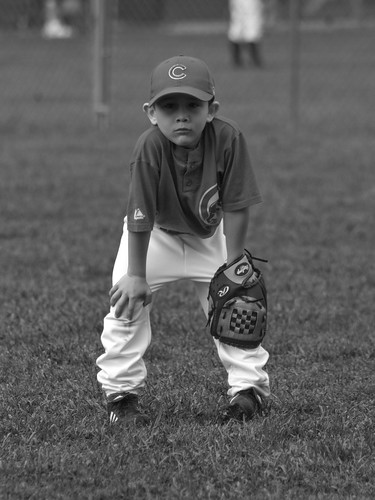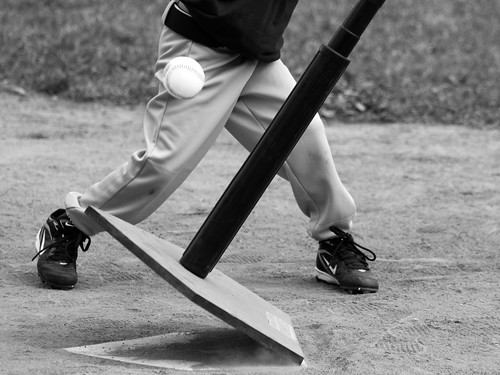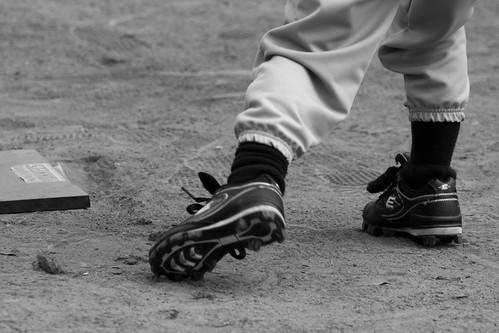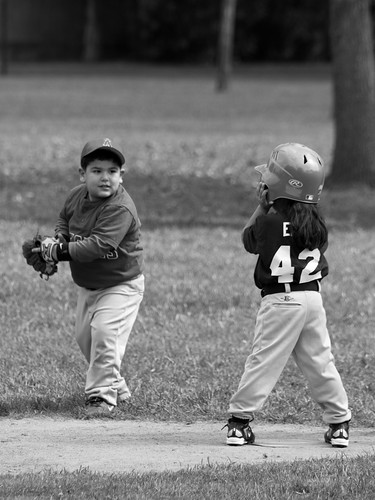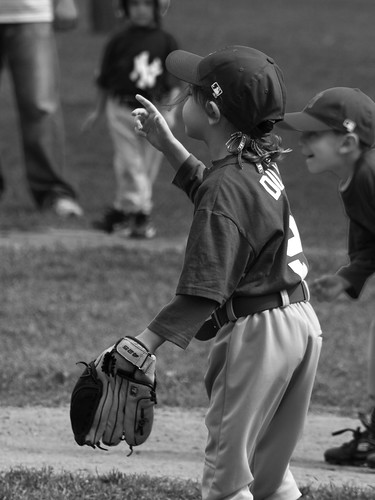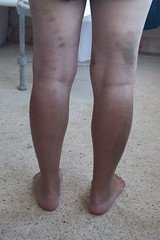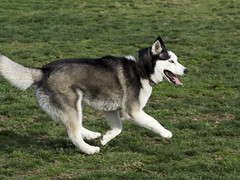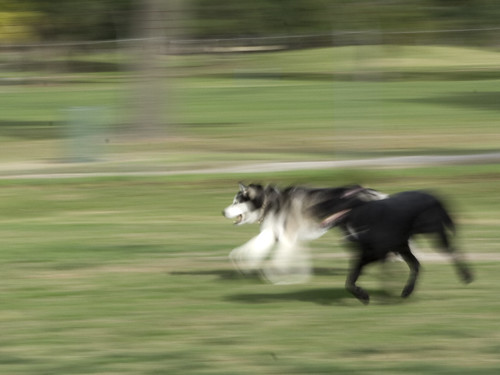About 6 months ago, my niece asked me to photograph her wedding. I've never done a wedding before.
I'm a travel and nature photographer—you know, where the subject typically doesn't move before you have a chance to get everything right. And when I do take people pictures, I like to take candid shots. But she reassured me that they'd be happy with anything I did, so I agreed.
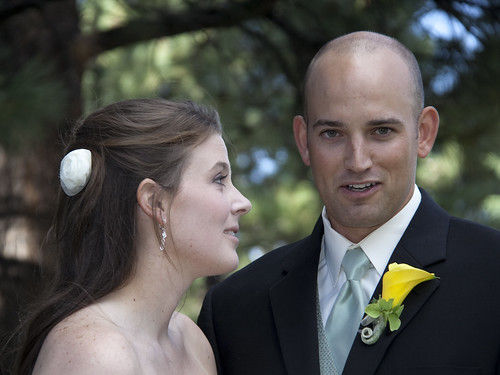
So I read up on wedding photography, asked my friend to assist me, made lists, gathered all my equipment together, and generally thought I was ready. And the rehearsal reassured me.
Things seemed under control, not too hard. And we used the time after the rehearsal to scout out good group shot locations for the next day.
But
the real thing was way harder than I expected. The lists fell to the wayside. People didn't stand in the same places as they did during the rehearsal. There were all these guests to get around. And the group shots were a disaster. We totally overlooked the perfect group shot location, and shot instead into an ugly wall and a too bright sky.
And nothing prepared me for
the aftermath. Between us, we had four cameras and took
over 6,000 pictures. (The advantages of digital?) So many pictures! And of course lots of pictures that would be really great—if only the sky weren't so washed out, if only her face wasn't in shadow, if only his face didn't look so red in that shot. All things that can be fixed in Photoshop, of course, but each fix adds a little more time to the task.
And so, I let it drag on a bit longer than I should have. Four months later, we're finally through. We got through it, and had fun too.
Would I do it again? You bet! The whole adventure gave me the opportunity to participate in my niece's wedding at a level I never would have done otherwise. That alone made it all worth while.
What did I learn?
- If you're using more than one camera, synchronize the clocks! We could have saved hours and hours in post-processing time if we could have sorted those 6,000 pictures based on the time they were actually taken.
- Take control of those group shots. Don't expect people to enjoy them, just get it over with as quickly and as efficiently as possible. Tell them where to stand. Tell them when to look at you and smile. (Trust me, candid shots of groups almost never get everyone looking good at the same time.)
- Focus on quality, not quantity. Of course, this one probably comes with experience and practice, as you get better at getting the good shots.
- Wear clothes that blend into the background. That way you won't take pictures of the bride and groom—and your assistant's pink blouse.
 A train passed through unexpectedly. I wasn't ready for the first engine. This engine is actually at the end of the train.
A train passed through unexpectedly. I wasn't ready for the first engine. This engine is actually at the end of the train. My challenge was, could I catch the skyline (in focus) in the gaps between the cars? Out of 10 or so attempts, I caught one shot I was happy with.
My challenge was, could I catch the skyline (in focus) in the gaps between the cars? Out of 10 or so attempts, I caught one shot I was happy with.
